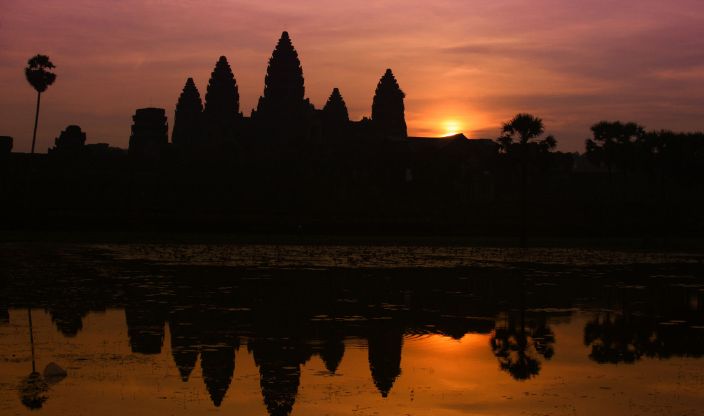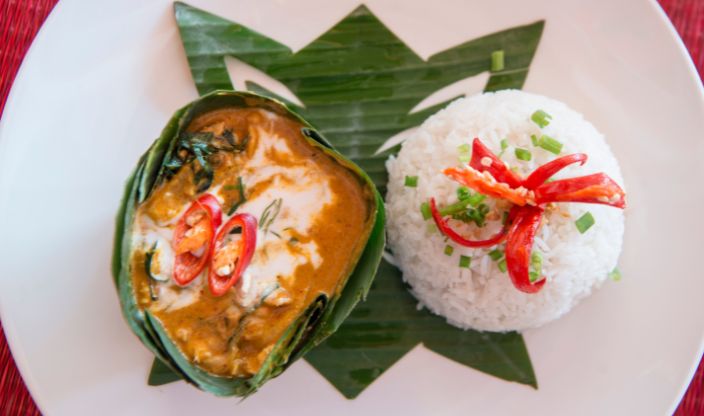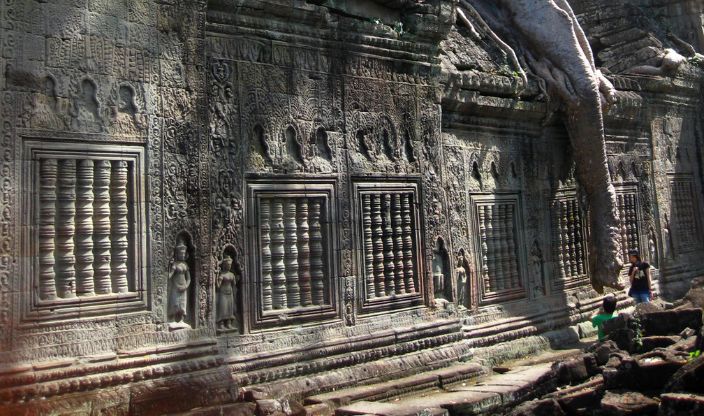Introducing Cambodia
A vacation in Cambodia is as much an experience as it is a ‘holiday’, since this captivating destination with a compelling past is a nation with a future just waiting to be discovered. Cambodia, the spiritual hub of Southeast Asia, is a land of mystery and exploration. Every visitor is seduced by the captivating allure of this gorgeous country. Your senses will be stimulated by Cambodia’s culture, landscapes, and cuisine, which range from its astounding temple complexes to its dynamic towns. Ancient temples that have been meticulously kept stand in contrast to the mesmerising natural beauty of places like Luang Prabang and Tonle.
Cambodia, a nation on Southeast Asia’s Indochina Peninsula, is bordered by Vietnam to the east, Laos to the northeast, Thailand to the west and northwest, and the Gulf of Thailand to the southwest.
With an area of 181,000 km2, Cambodia is relatively smaller than Oklahoma or can be considered half the size of Germany.
The greatest season to travel to Cambodia is between November and May, when the country still has pleasant weather and little rain. However, Cambodia’s weather is typically hot and muggy all year round. Most of the year, temperatures range from the low to mid-30s (Celsius), with a small decrease at night. Wet and dry seasons are the two recognised seasons in Cambodia. You may anticipate dry conditions from November through May, with the wettest months being June through October.
Freshwater fish and seafood, including salmon, squid, and prawns, are extremely popular in the country due to its amazing wealth of waterways, including the Mekong, Sap, and Bassac Rivers, as well as the enormous Tonlé Sap Lake. They are frequently used in soups, curries, stir-fries, and salads. Although more expensive than fish dishes, beef, hog, chicken, duck, and other fowl foods are also part of the cuisine. Other uncommon sources of protein for adventurous foodies include locusts, fried tarantula, baked scorpions, and grilled snake. Rice is a common diet in Cambodia; in fact, the Khmer word for “to eat” (nam bai) simply translates to “eat rice.” In addition to the usual rice, wonderful sticky rice is also abundant in Cambodia. Manioc, taro, and sweet potatoes are further significant sources of starch. As in Vietnam and Laos, Cambodia’s culture and history have had a lasting impact on the cuisine, which can be seen in the French-style baguettes, rolls, and other pastries that are popular in Cambodia.
In Cambodia, Buddhism predominates; 80% of people are Theravada Buddhists, 1% are Christians, and the bulk of people who are not Theravada Buddhists practise Islam, atheism, or animism. Between the 9th through the 14th century (the Angkor period), Cambodia saw its Golden Age, growing into a strong, thriving empire that ruled nearly all of inland Southeast Asia. However, Angkor would eventually fall due to internal strife among the royal family and ongoing hostilities with its powerful neighbours, particularly Siam and Dai Viet. However, a large number of temples from this period, including Angkor Wat and Bayon, are still standing today and are dispersed over Thailand, Cambodia, Laos, and Vietnam as a reminder of the magnificence of Khmer arts and culture.
There’s many ways young children and teens can experience the history and culture of Cambodia with their parents. In contrast to many historical sites across the world, Cambodia’s temples can actually be explored by children so they can come face to face with ancient monuments that are concealed in the jungle, while learning about this long-gone empire. A sense of adventure and discovery is sparked by the gnarled tree roots and the growing jungle. Nearly as flamboyant as the fruits and vegetables are the personalities of the bustling markets. With visits to Phom Penh’s markets or the floating markets along the Mekong and Sangker Rivers, kids can experience much more than food shopping, but a nation that is diverse and interesting.
Recommended Cambodia Specialists
Top Locations in Cambodia





